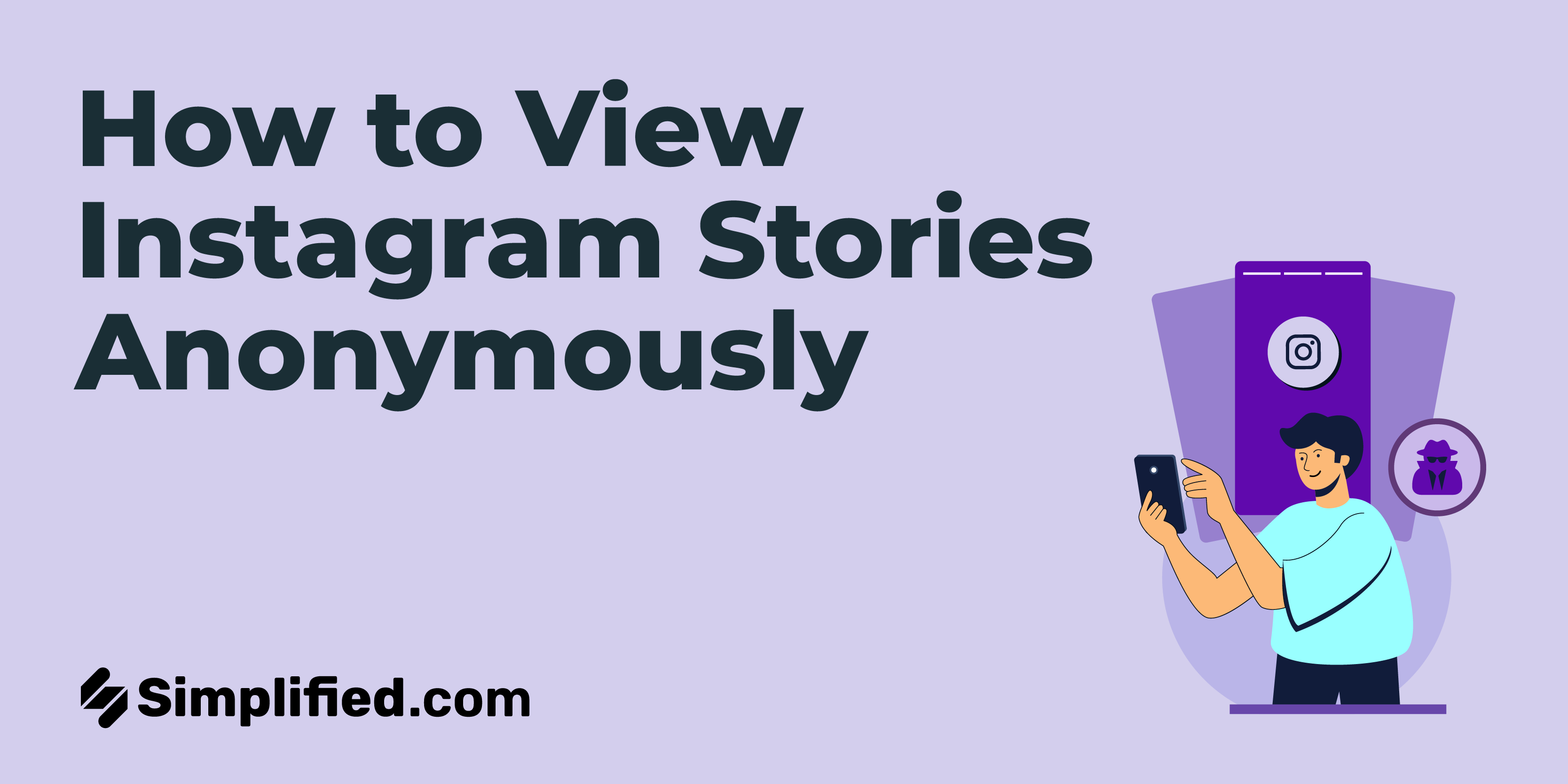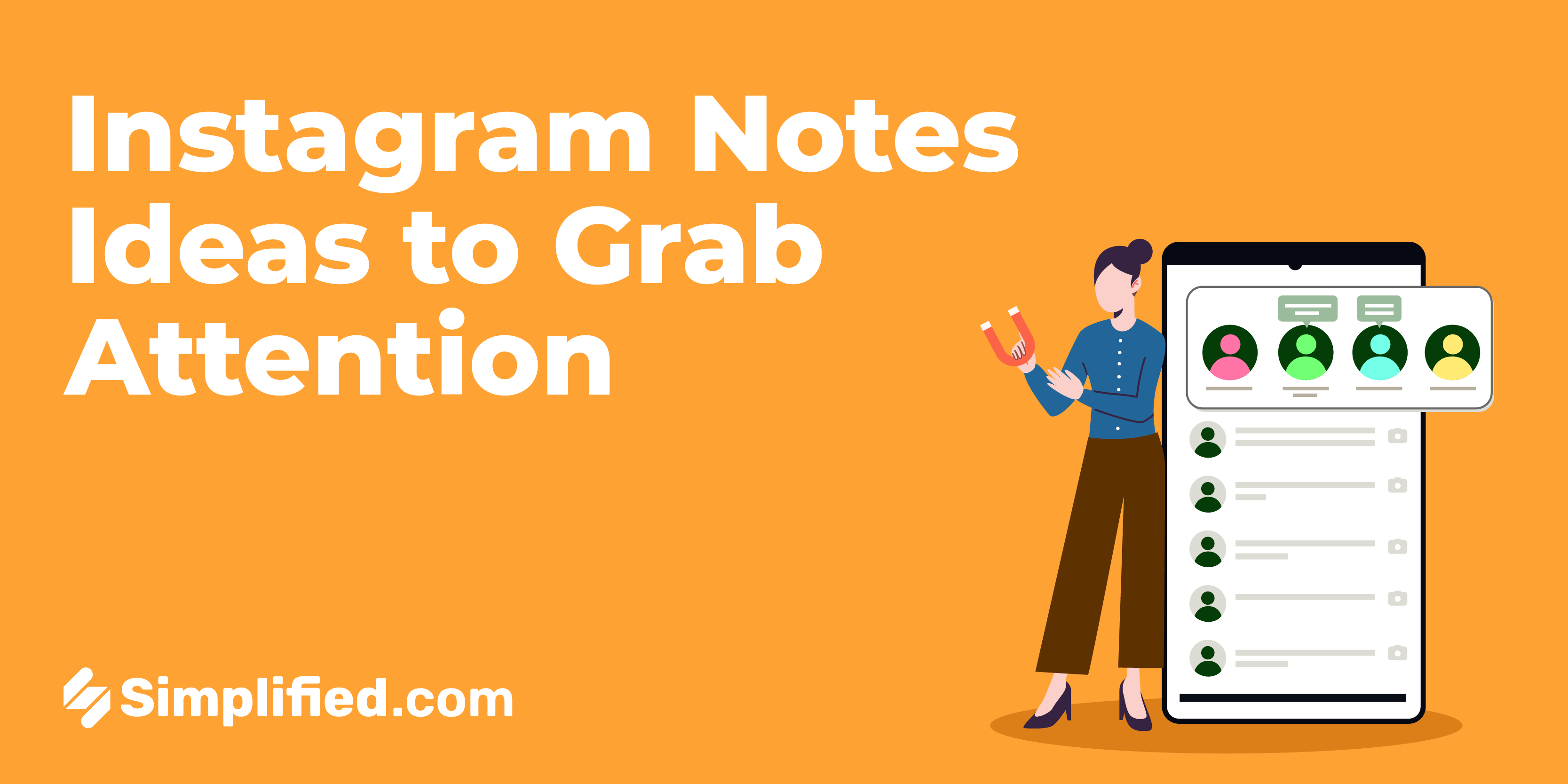What do you mean by Natural Language Processing?
Natural Language Processing (NLP) is a branch of artificial intelligence (AI) that concentrates on the interaction between human language and computers.
What is the purpose of Natural Language Processing (NLP)?
NLP involves the development of algorithms, models, and techniques that enable computers to comprehend, interpret, and generate human language in a meaningful and useful manner. It encompasses a wide array of tasks and applications related to language understanding and generation.
How does natural language processing function?
NLP utilizes diverse techniques such as statistical modeling, machine learning, deep learning, and rule-based linguistic approaches. It includes preprocessing and analyzing textual data, constructing language models, and employing algorithms to extract insights and perform language-related tasks.
What is the objective of NLP?
The aim of NLP is to bridge the gap between human language and computers, allowing computers to effectively understand, process, and generate natural language. NLP finds applications in various domains, including customer support, content analysis, information retrieval, virtual assistants, language translation, and more.
How is NLP utilized in social media?
Natural Language Processing (NLP) plays a crucial role in several aspects of social media. Here are some primary applications of NLP in the realm of social media:
- Sentiment analysis
NLP techniques are employed to analyze the sentiment expressed in social media posts, comments, and reviews. This helps businesses comprehend user opinions and emotions towards their products, services, or brands. Sentiment analysis enables organizations to monitor customer satisfaction, identify potential issues, and promptly respond to customer feedback.
- Text classification and topic modeling
NLP algorithms are utilized to categorize and classify social media content into different topics or themes. This enables businesses to understand the main subjects of discussion, track trends, and identify popular topics within their industry. Text classification and topic modeling assist organizations in tailoring their content strategies, targeting specific audience segments, and engaging in relevant conversations.
- Named entity recognition
NLP techniques like named entity recognition are used to identify and extract important entities such as people, organizations, locations, and products mentioned in social media posts. This aids in understanding the context, identifying influencers or brand mentions, and tracking the reach of campaigns or events.
- Language generation
NLP models, such as ChatGPT, can generate text that resembles human language. This text can be used to compose social media captions, tweets, or responses to user queries. Language generation models assist in creating engaging and creative content, automating parts of the content creation process for social media platforms.
- Social network analysis
NLP is employed to analyze the connections and interactions between users on social media platforms. By examining the content of posts, comments, and messages, as well as network structures, NLP can help identify communities, influencers, or key users within a social network. This information can be utilized for targeted marketing, influencer identification, and relationship-building strategies.
NLP techniques provide valuable insights, automation, and enhanced user experiences, enabling businesses to effectively leverage the power of social media data.
.webp)













